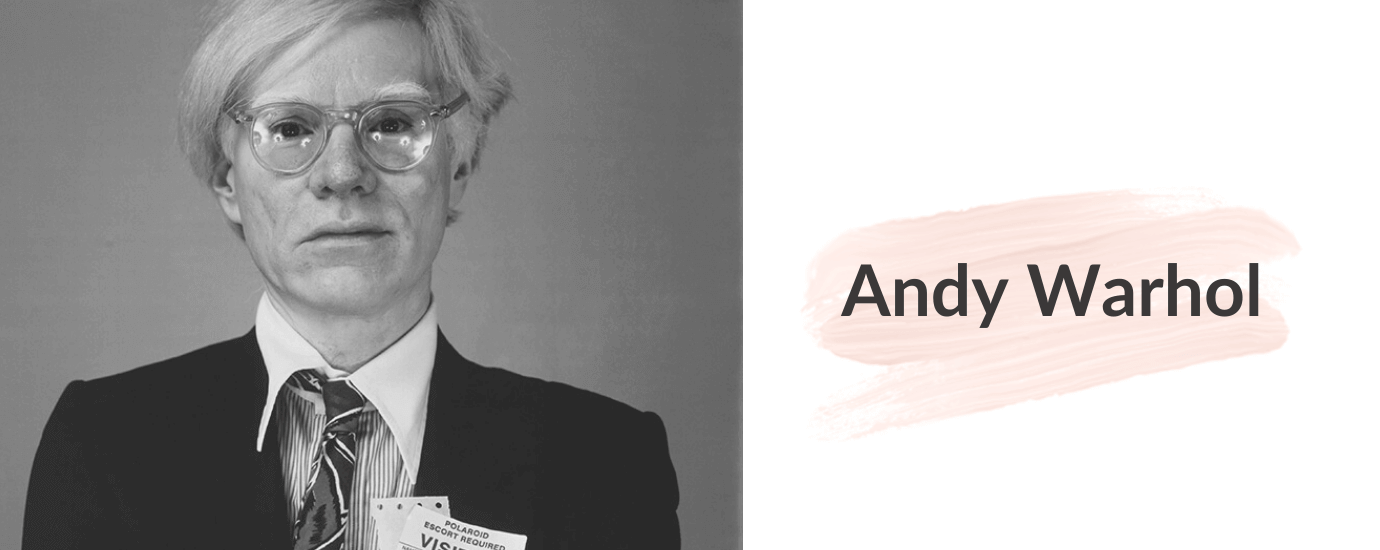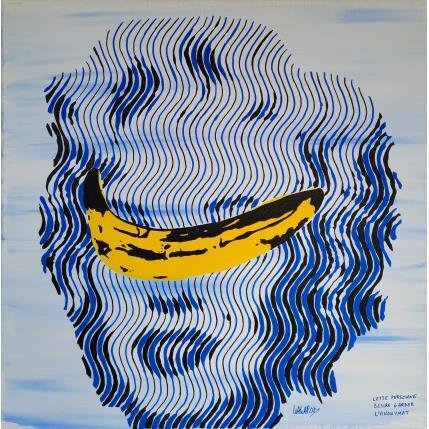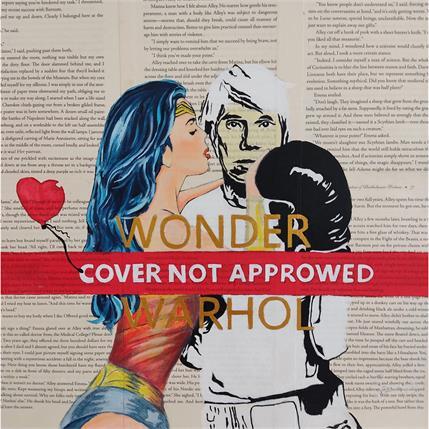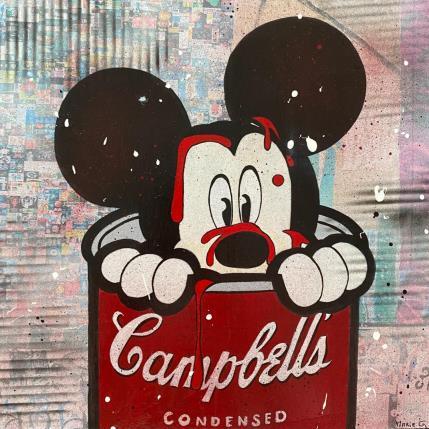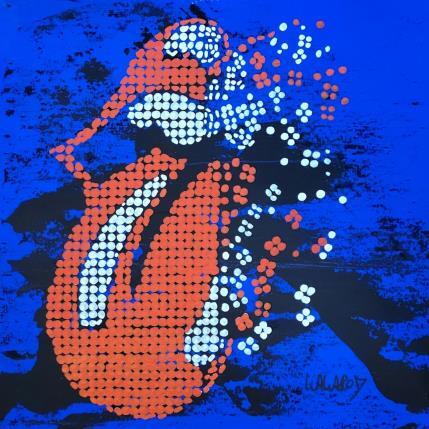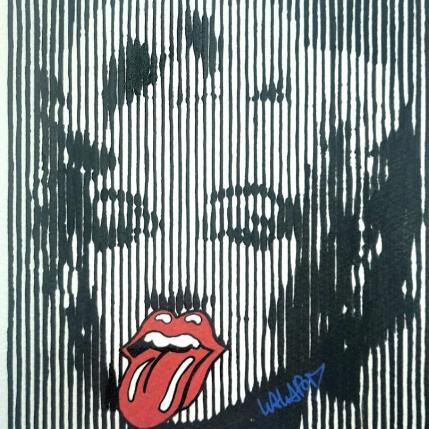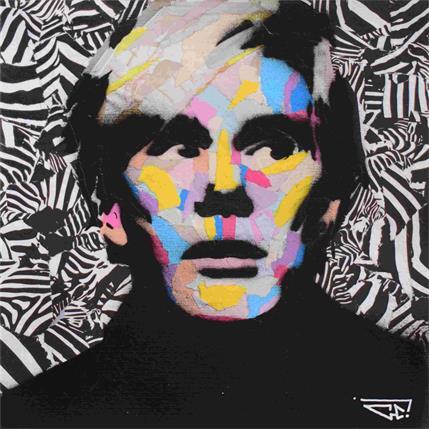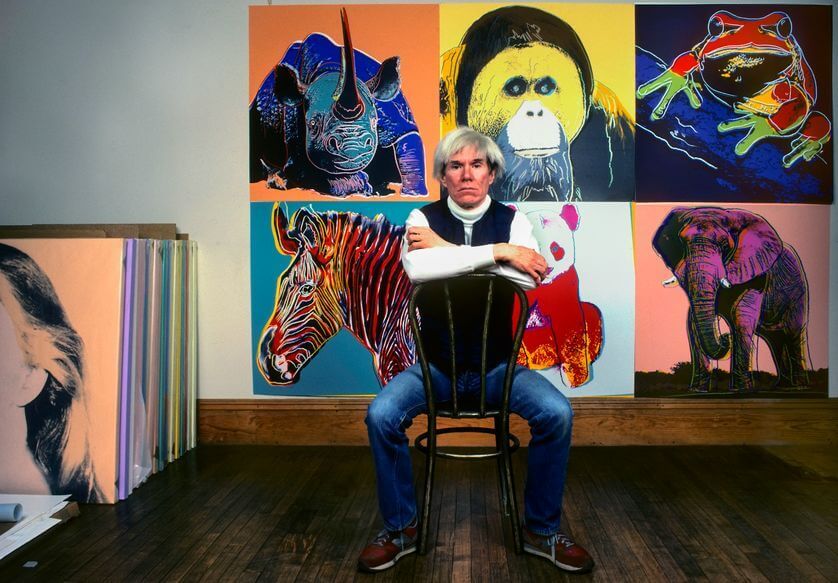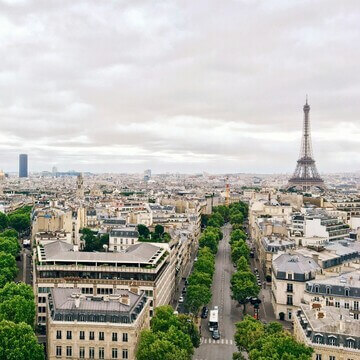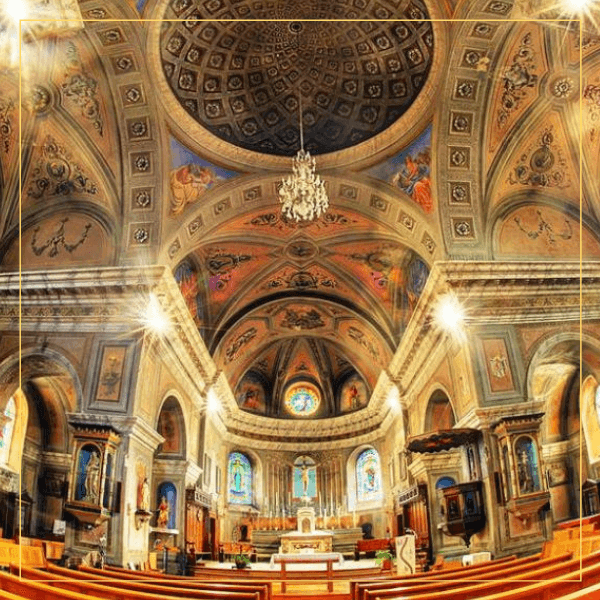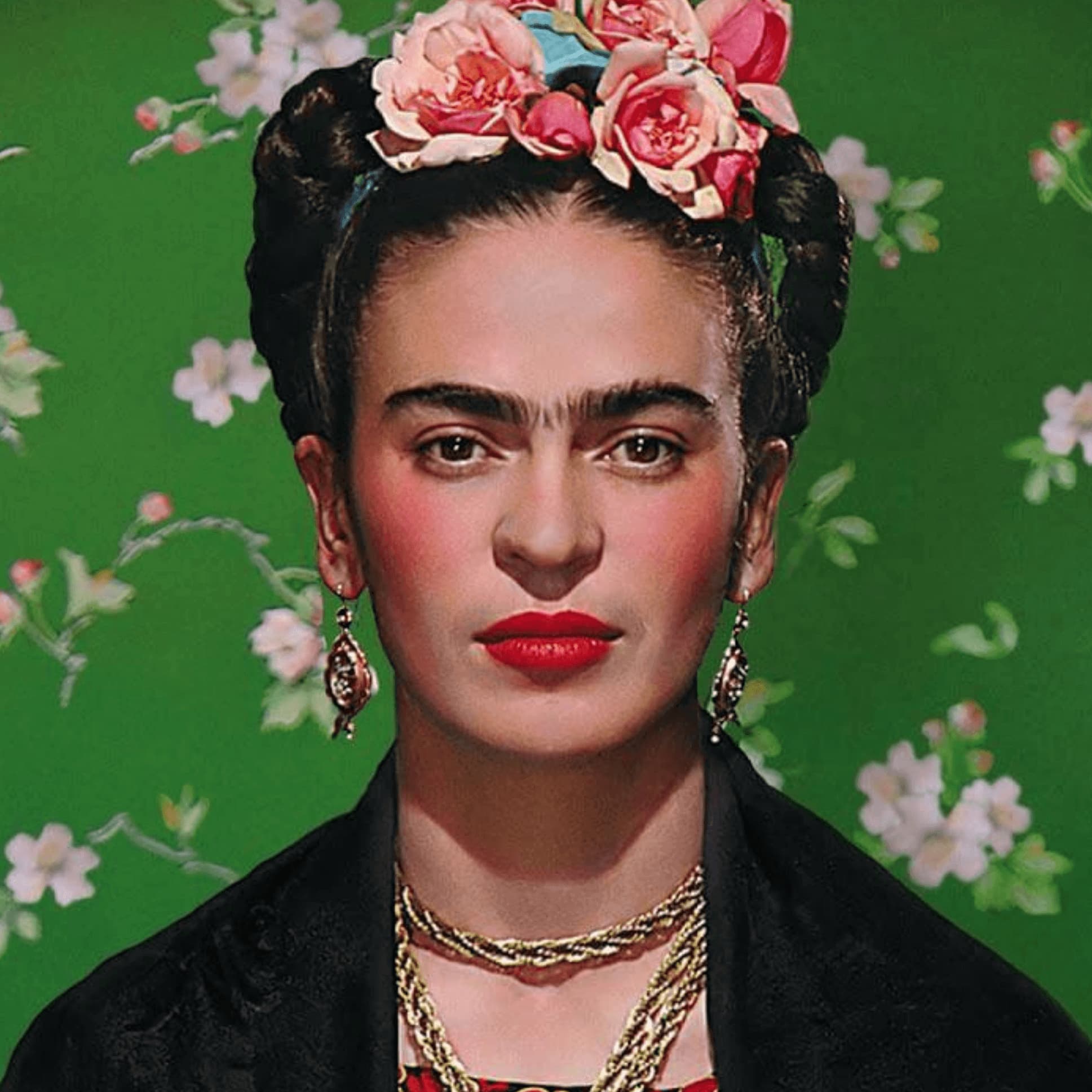WHERE IS ANDY WARHOL FROM?
Andy Warhol a is the third son of a recently immigrated worker from the Carpathians, joined by his wife. He was just one year old in 1929, when the Great Depression plunged huge sections of the population of the United States into poverty. In the industrial city of Pittsburgh, the father literally kills himself at work to feed his family. Their mainstay is strong religious faith and Sunday services in the Eastern Catholic Church. It is ten kilometers from their home, a path that is taken on foot and which opens onto the contrasting and marvelous decoration of gold and the warm colors of Byzantine icons.
Suffering from an infectious disease that often forces him to stay in bed, the child is poorly integrated into school. He mostly grew up at home, between the radio and his celebrity image collections, and with his mother who did not speak English but taught him to draw. He was 14 when his father died. In 1949, Andy Warhol found his first job (and his new name) as an advertising designer in New York. He arrived there after obtaining a Bachelor of Arts and Audiovisual in Pittsburgh. Professional recognition is immediate and he quickly contributes to prestigious Vogue magazines, Harper's Bazaar, designs for manufacturers and decorates their windows. He frequents bars where he meets artists, including Marylin Monroe, and hangs his drawings there. In 1952, Andy Warhol's works were exhibited for the first time. It's in NY at the Hugo Gallery.
Suffering from an infectious disease that often forces him to stay in bed, the child is poorly integrated into school. He mostly grew up at home, between the radio and his celebrity image collections, and with his mother who did not speak English but taught him to draw. He was 14 when his father died. In 1949, Andy Warhol found his first job (and his new name) as an advertising designer in New York. He arrived there after obtaining a Bachelor of Arts and Audiovisual in Pittsburgh. Professional recognition is immediate and he quickly contributes to prestigious Vogue magazines, Harper's Bazaar, designs for manufacturers and decorates their windows. He frequents bars where he meets artists, including Marylin Monroe, and hangs his drawings there. In 1952, Andy Warhol's works were exhibited for the first time. It's in NY at the Hugo Gallery.
> Enter the universe of Andy Warhol
Where does Pop Art come from?
As Andy Warhol developed a successful career as an advertising and illustrator throughout the 1950s, American society fell in love with mass consumption. In the abundance and prosperity of the postwar victors' war, the world of arts and culture is in turmoil. Artists who had previously taken refuge in America left a deep mark on them. Abstract expressionism, defined in 1946 and whose most famous representative remains Jackson Pollock (action painting), conquered the world and New York dethroned Paris as the capital of modern art.
This avant-garde movement presents in painting a technique called colorfield painting (including Mark Rothko) which consists of placing large flat areas of uniform color on the canvas. At the same time, in 1950 there was a revival of comics overconsumed by all American youth.
The design is simple, the colors basic and the layout minimalist. It is a graphic style and a real popular aesthetic since shared by a very large number without condition of prior culture or notable means. Finally, artists experiment with new technical expressions and new concepts. So while Robert Rauschenberg makes paint disappear with solvents or paints with techniques derived from photography (cyanography), Marcel Duchamp devotes the object of everyday life as an object of art in its own right.
> Is Andy Warhol considered the father of Pop Art?
This avant-garde movement presents in painting a technique called colorfield painting (including Mark Rothko) which consists of placing large flat areas of uniform color on the canvas. At the same time, in 1950 there was a revival of comics overconsumed by all American youth.
The design is simple, the colors basic and the layout minimalist. It is a graphic style and a real popular aesthetic since shared by a very large number without condition of prior culture or notable means. Finally, artists experiment with new technical expressions and new concepts. So while Robert Rauschenberg makes paint disappear with solvents or paints with techniques derived from photography (cyanography), Marcel Duchamp devotes the object of everyday life as an object of art in its own right.
> Is Andy Warhol considered the father of Pop Art?

